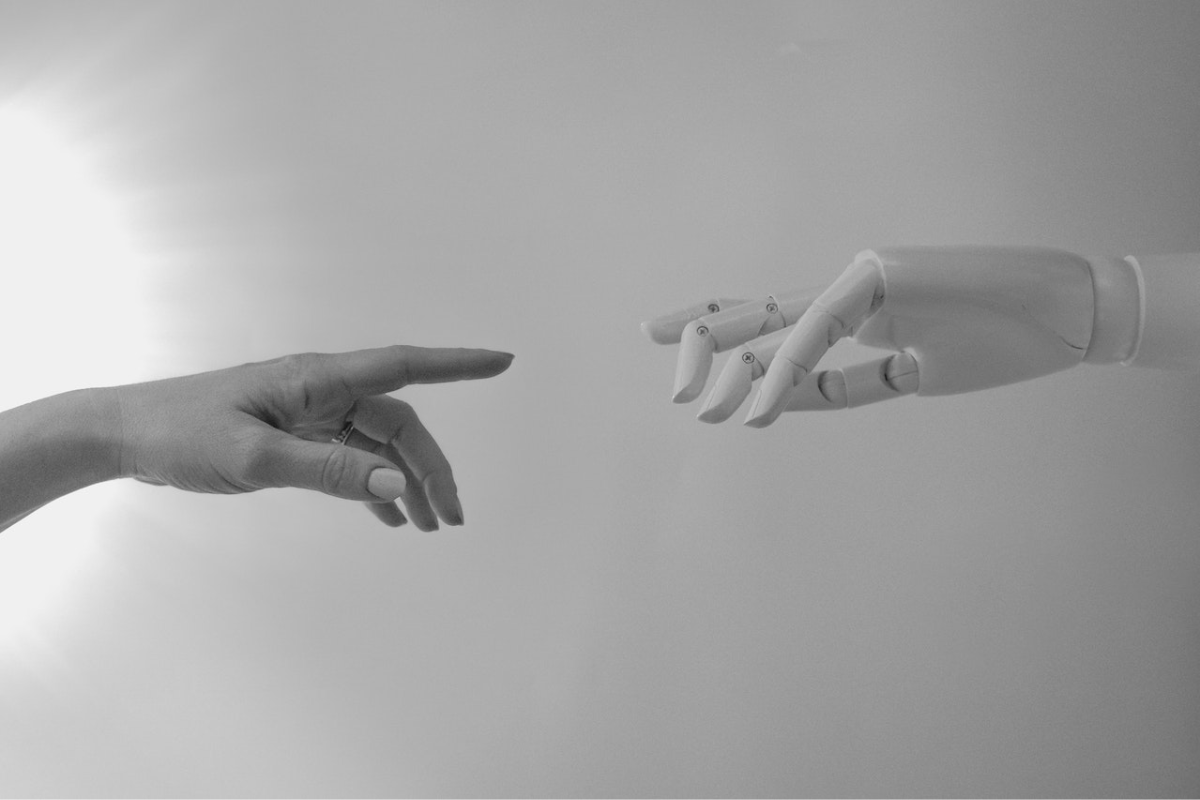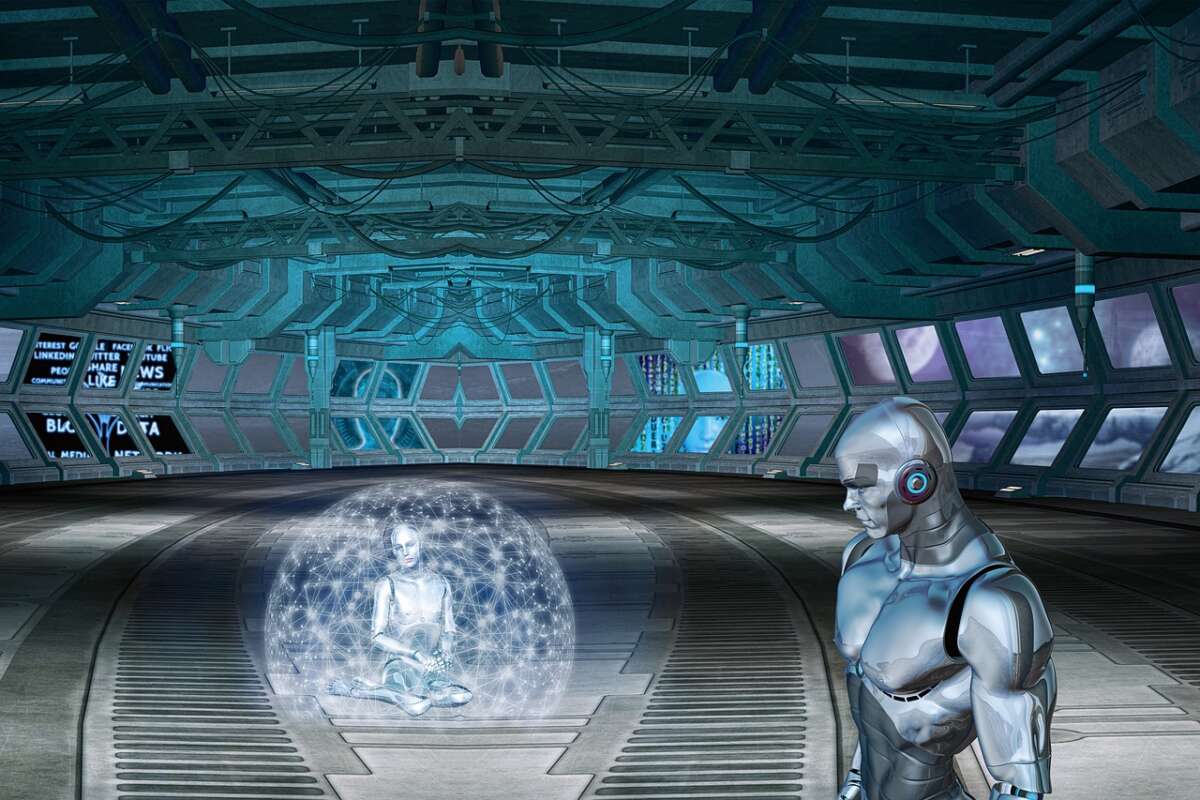
Generative AI & The Future Of Engineering Design – A Complete Guide
Posts by Alan TaylorApril 18, 2023
Generative design is a new approach to design that combines artificial intelligence (AI) and various emerging technologies to generate and optimize product designs.
As technology and artificial intelligence continue to advance, so does generative design – and its various potential applications.
Using cloud computing and AI, the generative design allows for more creative exploration of design possibilities than traditional engineering design.
At the same time, it also reduces the manual effort required in traditional engineering design and shortens the design timeline.
From the automotive and aerospace industries to consumer goods and architecture, the generative AI’s applications are virtually limitless.
The Constraints Of Traditional Engineering Design
Traditional engineering design is a tried-and-true process that has been used for hundreds of years for designing everything from cars to sweaters.

But for all its greatness, traditional engineering design has many constraints.
For one, the process is very linear and so it’s divided into several steps (idea, research, creation, design, validation, manufacture), each requiring a high amount of technical knowledge and skills.
And suppose something goes wrong with one of the final steps of the process (typically design, validation, or manufacture).
In that case, businesses are forced to recall products and spend extra resources redesigning and relaunching them.
It’s also worth mentioning that with traditional engineering design, creativity is typically not on the high list of anyone’s priorities.
When on a tight schedule, companies and their engineers prioritize productivity and efficiency while creativity takes the back seat.
The Power Of Generative AI In Engineering Design
Harnessing the power of AI-driven software, generative design is not limited by many constraints of traditional engineering design.
It’s the next frontier in CAD design for engineers, allowing them to quickly and more easily create a variety of solutions to any given problem while streamlining the design process.
In traditional engineering, the design process is completely dependent on the engineer’s knowledge and expertise, as he or she is the one who creates the constraints and objectives of a model.
In the generative design software for CAD, the process starts with design parameters and objectives that the engineer simply feeds into generative algorithms. Then, AI is employed to generate the model.
It’s essential to note that the generative design process doesn’t replace engineers. Rather, it complements the process and makes the job easier for the engineer.
He or she must still consider and define the design parameters, including physical constraints, weight limits, materials used, etc.
The beauty of generative AI is that users can quickly create highly optimized and customized design solutions to various engineering challenges simply by adjusting the design parameters.
They can make products and parts lighter, stronger, and more cost-effective.
Potential Applications Of Generative AI Design
As an iterative design exploration process that relies on artificial intelligence, generative design can transform and greatly improve the process of engineering design.

By enabling engineers to create optimized products rapidly and with a fraction of the manual effort required in traditional engineering, generative AI is ideal for a wide variety of applications.
This includes product design and prototyping, financial services, content creation, customer service, healthcare and medical research, and more.
When it comes to product design, in particular, generative AI can be used by engineers to design and prototype new products, enabling businesses to iterate and test new ideas quickly.
It can also be used to create realistic digital visualizations and three-dimensional representations or 3D models to help businesses better present their designs and products to potential customers.
The generative AI process generates dozens, sometimes hundreds of design options in a short time frame (much shorter than it would take an engineer to generate them manually).
Still, it’s up to the user to evaluate tradeoffs. For instance, you may have two models meeting the required criteria, but one option may be stronger while the other may be lighter.
It’s up to you to decide which one is better for your particular situation.
On top of this, generative AI can be taught to not only optimize a product’s design for specific engineering parameters, like durability or weight, but also to optimize it for various other criteria, like production costs or aesthetic preferences of a specific target market.
But perhaps the best thing about generative design is that it allows users to create truly innovative and unique products.
In traditional engineering, most designs are based on models that have worked before – who has the time or money to experiment endlessly?
But with generative AI, users can create truly unique products and solutions that weren’t possible before.
As a bonus, by using generative AI, businesses can get expert results practically every time – even from novice engineers.
